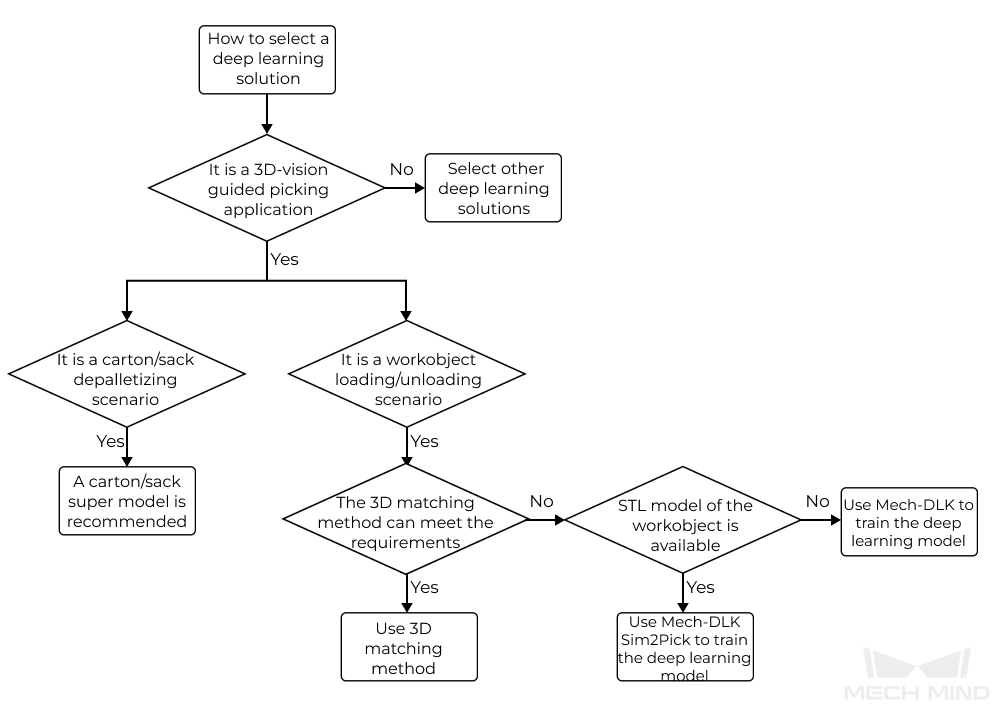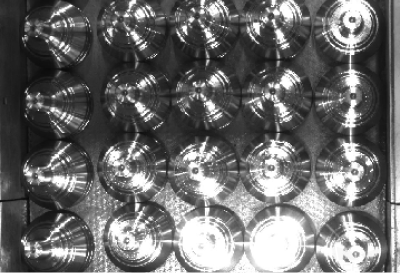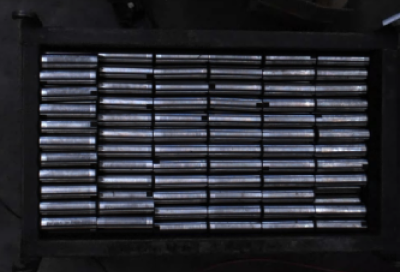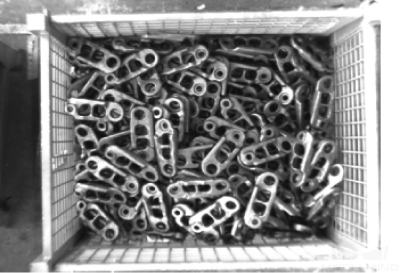Getting Started with Deep Learning
After learning about the basics of deep learning, this section will guide you to dive deeper into deep learning. You need to select a deep learning model according to your actual requirement, and then you can apply the model in relevant tasks.
Select Deep Learning Solution
When designing the vision solution, you should determine the use scenario (Loading and unloading or palletizing and depalletizing) of the solution first. Also, you need to assess whether the recognition performance of traditional 3D matching methods can meet the requirements. Then you can decide whether to employ deep learning and the specific deep learning solution can be determined. If you cannot select a deep learning solution based on the actual situation, please contact Mech-Mind Technical Support for assistance.

If traditional methods fail to address the following issues during the vision recognition process, employing deep learning may provide a solution.
| No. | Challenges to traditional methods | Illustration |
|---|---|---|
1 |
The surfaces of the workobjects are highly reflective, and the quality of the point cloud is poor. |
|
2 |
The curve of the workobject point cloud is not obvious, and there is few feature points in the point cloud. |
|
3 |
When the workobjects are arranged neatly and placed closely against each other, the performance of point cloud clustering is poor. |
|
4 |
The workobject feature is only visible in the 2D image but not visible in the point cloud. |
|
5 |
The project has a high requirement on the vision cycle time. When there is a large number of workobjects, the matching time using the point cloud model can be long. |
|
Apply Deep Learning
After the deep learning solution is determined, please refer to How to Apply Deep Learning to learn about the workflow of applying deep learning to assist the 3D vision-guided robot picking.




